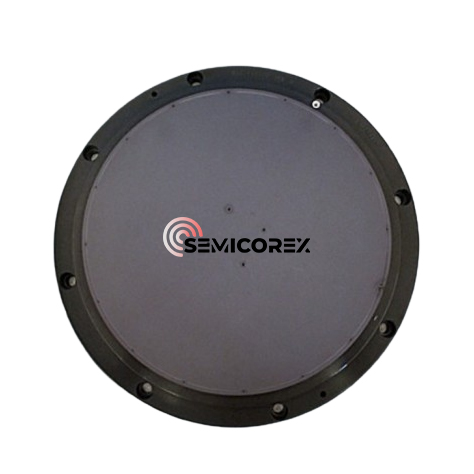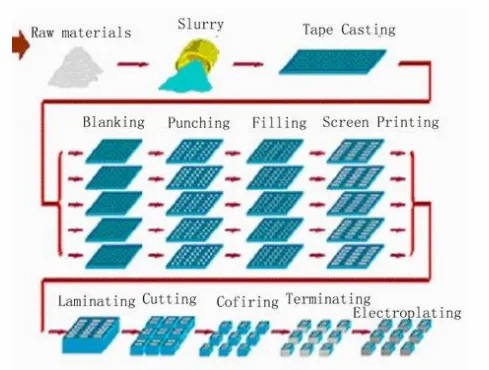
- English
- Español
- Português
- русский
- Français
- 日本語
- Deutsch
- tiếng Việt
- Italiano
- Nederlands
- ภาษาไทย
- Polski
- 한국어
- Svenska
- magyar
- Malay
- বাংলা ভাষার
- Dansk
- Suomi
- हिन्दी
- Pilipino
- Türkçe
- Gaeilge
- العربية
- Indonesia
- Norsk
- تمل
- český
- ελληνικά
- український
- Javanese
- فارسی
- தமிழ்
- తెలుగు
- नेपाली
- Burmese
- български
- ລາວ
- Latine
- Қазақша
- Euskal
- Azərbaycan
- Slovenský jazyk
- Македонски
- Lietuvos
- Eesti Keel
- Română
- Slovenski
- मराठी
- Srpski језик
How Are Ceramic Electrostatic Chucks Actually Produced?
2024-10-11
Traditional wafer clamping methods include mechanical clamping commonly used in traditional mechanical industries and wax bonding, both of which can easily damage the wafer, cause warping, and contaminate it, significantly impacting processing precision.

How Did Vacuum Chucks Evolve and Why Are Ceramic Electrostatic Chucks Preferred?
Over time, vacuum chucks made from porous ceramics were developed. These chucks use the negative pressure formed between the silicon wafer and the ceramic surface to hold the wafer, which can cause local deformation and affect flatness. Therefore, in recent years, ceramic electrostatic chucks, which provide stable and uniform adsorption force, prevent wafer contamination, and effectively control silicon wafer temperature, have become the ideal clamping tools for ultra-thin wafers.
How Is the Production Process of Ceramic Electrostatic Chucks Carried Out?
Generally, multilayer ceramic co-firing technology is used, which includes processes such as tape casting, slicing, screen printing, lamination, hot pressing, and sintering.

For Coulomb-type electrostatic chucks, the dielectric layer does not contain conductive materials. It involves mixing ceramic powders, solvents, dispersants, binders, plasticizers, and sintering aids to create a stable slurry. This slurry is then coated using a doctor blade, dried, and sliced to form ceramic green sheets of a specific thickness. For JR-type electrostatic chucks, additional resistivity adjusters (conductive materials) are mixed to achieve the required resistance of the J-R layer, followed by tape casting to form the green sheets.

Screen printing is primarily used for preparing the electrode layer. Conductive paste is first poured at one end of the screen printing plate. Under the action of the squeegee on the screen printer, the conductive paste passes through the mesh openings of the screen plate and deposits onto the substrate. The printing process is completed when the squeegee spreads the silver paste evenly through the screen mesh.
The green ceramic sheets are stacked in the required order (substrate layer, electrode layer, dielectric layer) and number of layers. They are then pressed together under specific temperature and pressure conditions to form a complete green body. It is crucial to ensure that the pressure is distributed evenly across the entire surface of the green body to guarantee uniform shrinkage during compression.
Finally, the complete green body undergoes integrated sintering in a furnace. A suitable temperature profile must be established to ensure control over flatness and shrinkage during the sintering process. It is reported that Japan’s NGK can control the shrinkage rate of the powder during sintering to around 10%, while most domestic manufacturers still have a shrinkage rate of 20% or more.**
We at Semicorex are experienced in providing with solutions of Ceramic Electrostatic Chucks and other ceramic materials applied in semiconductor and PV sectors, if you have any inquiries or need additional details, please don't hesitate to get in touch with us.
Contact phone: +86-13567891907
Email: sales@semicorex.com




